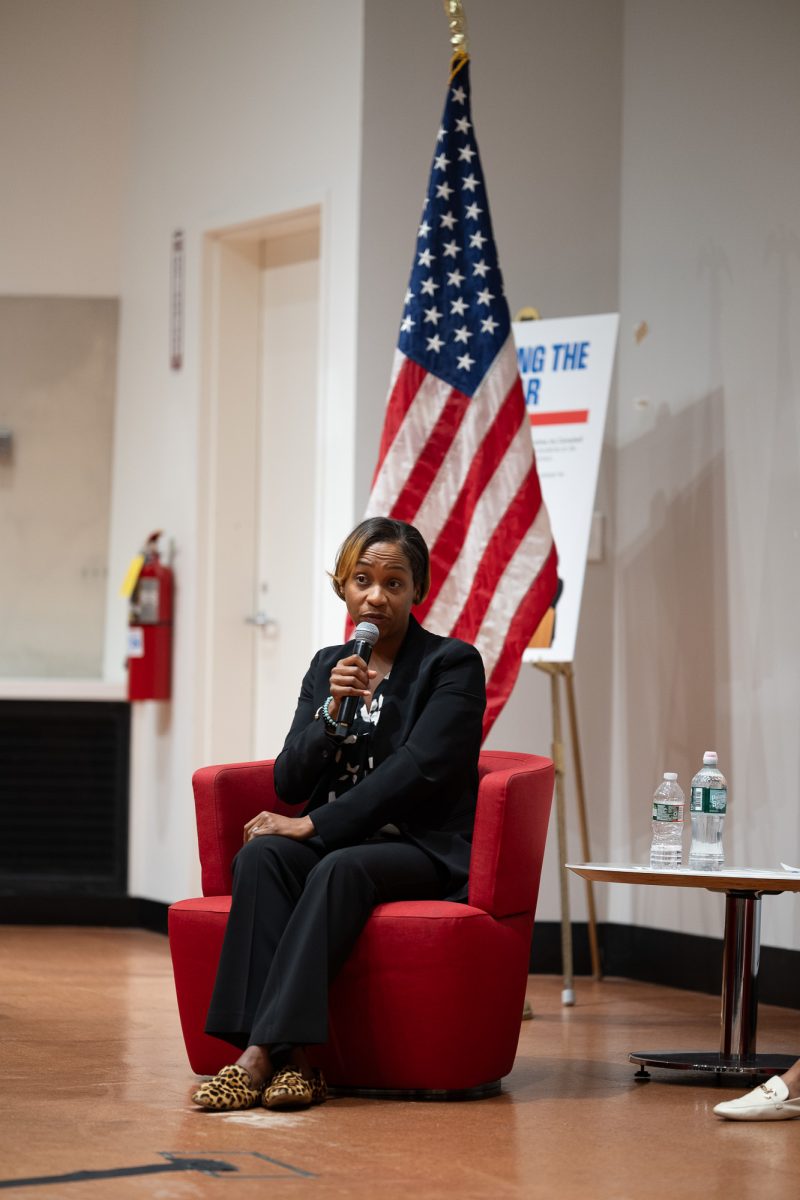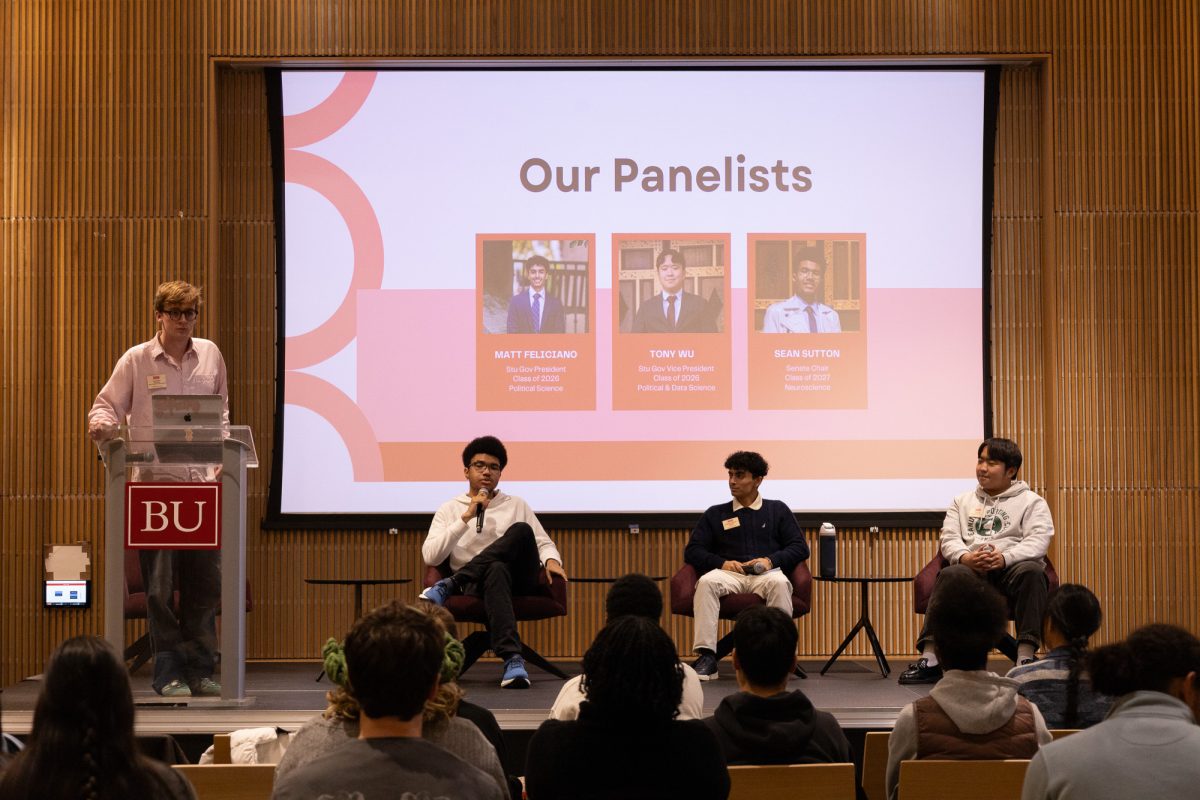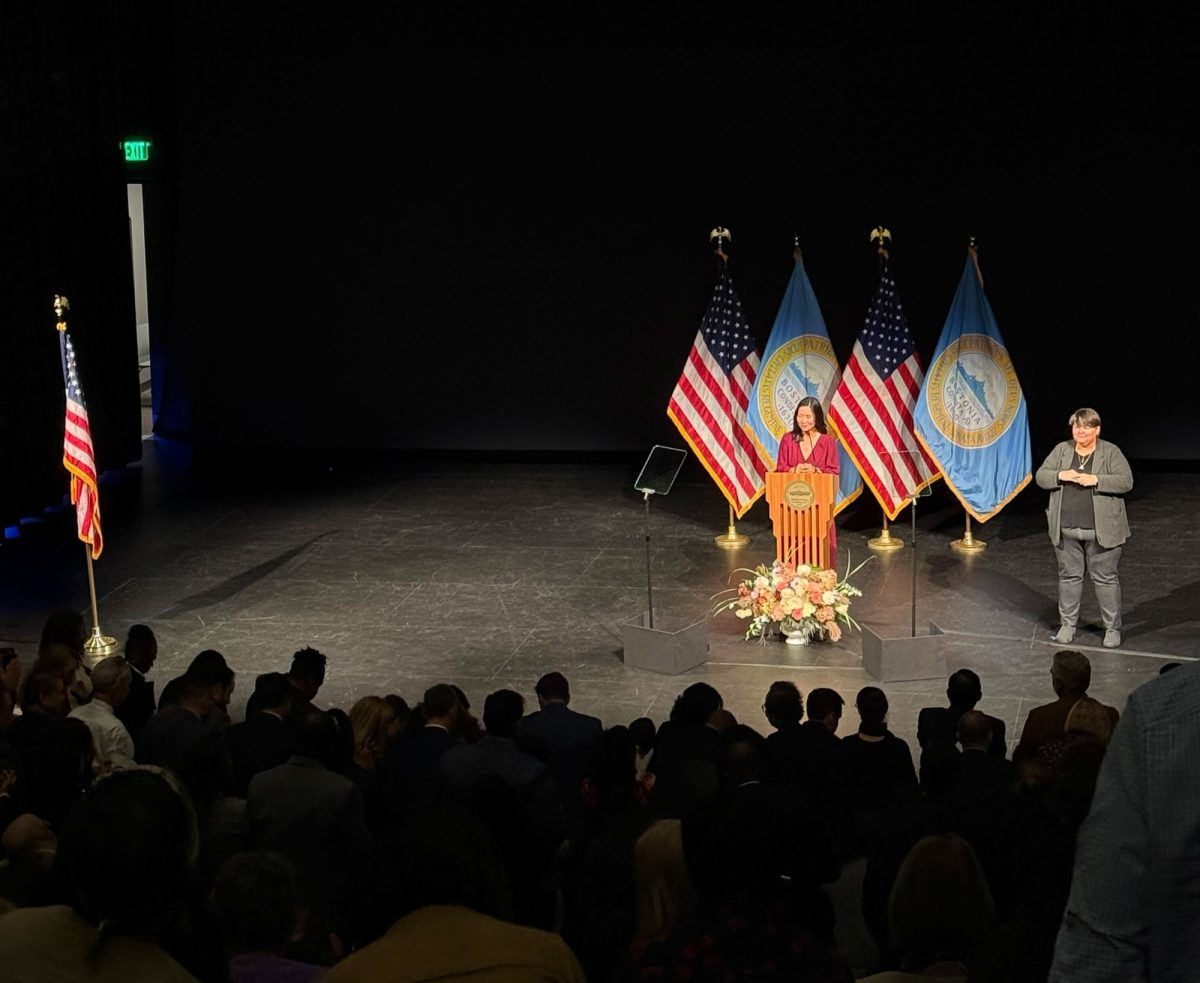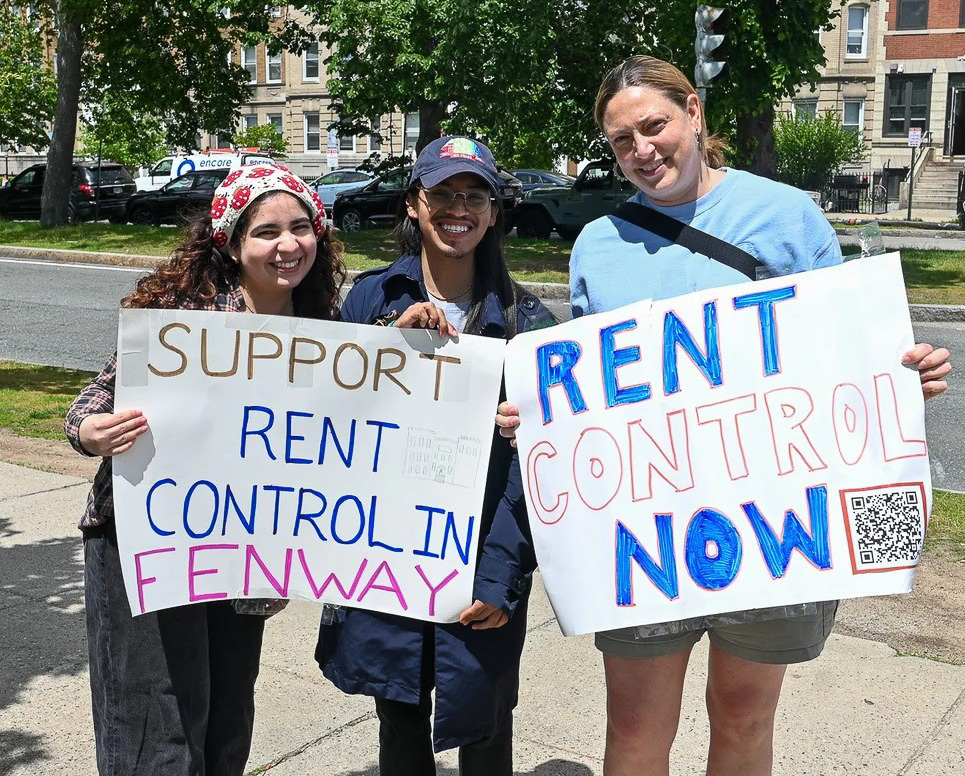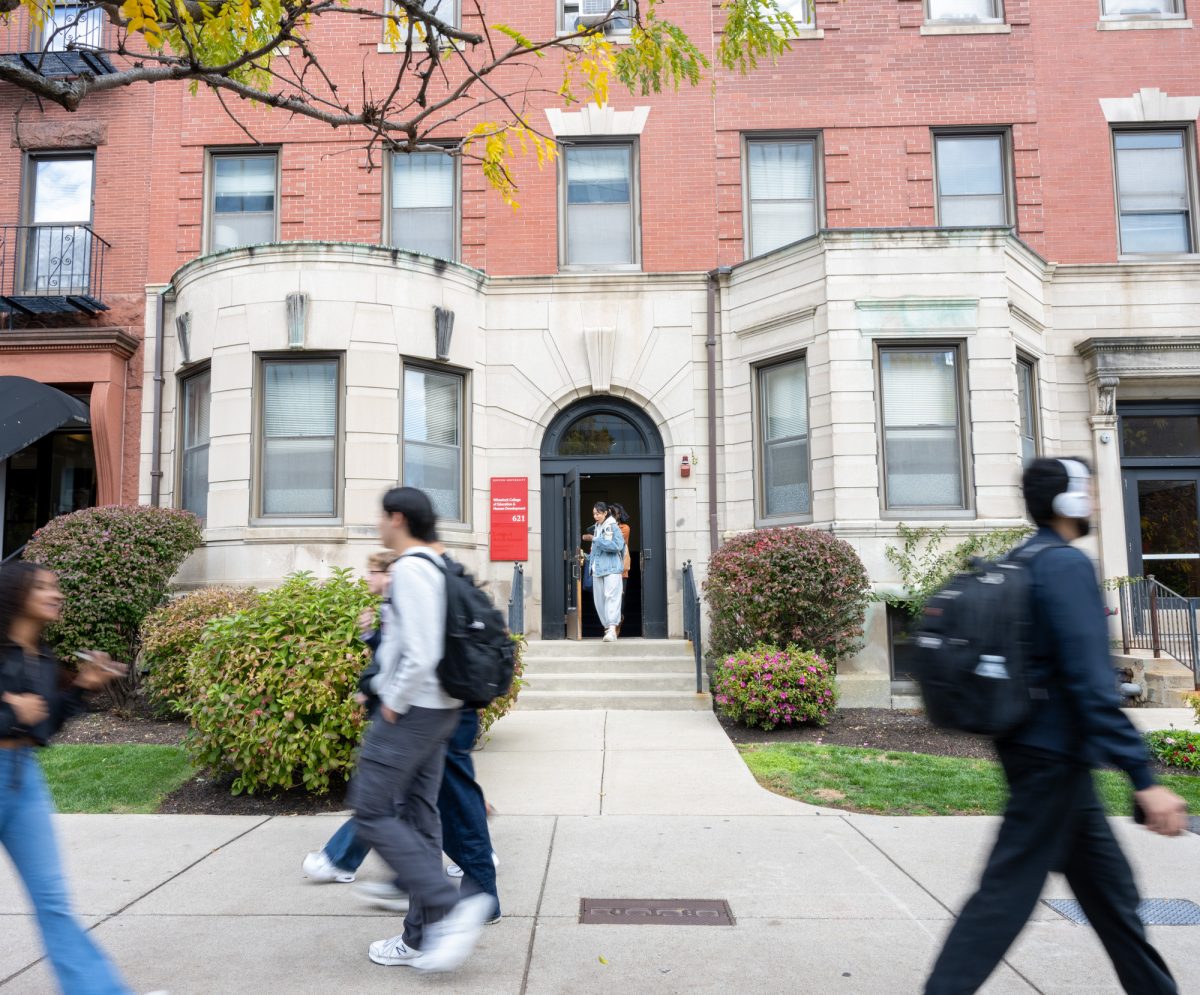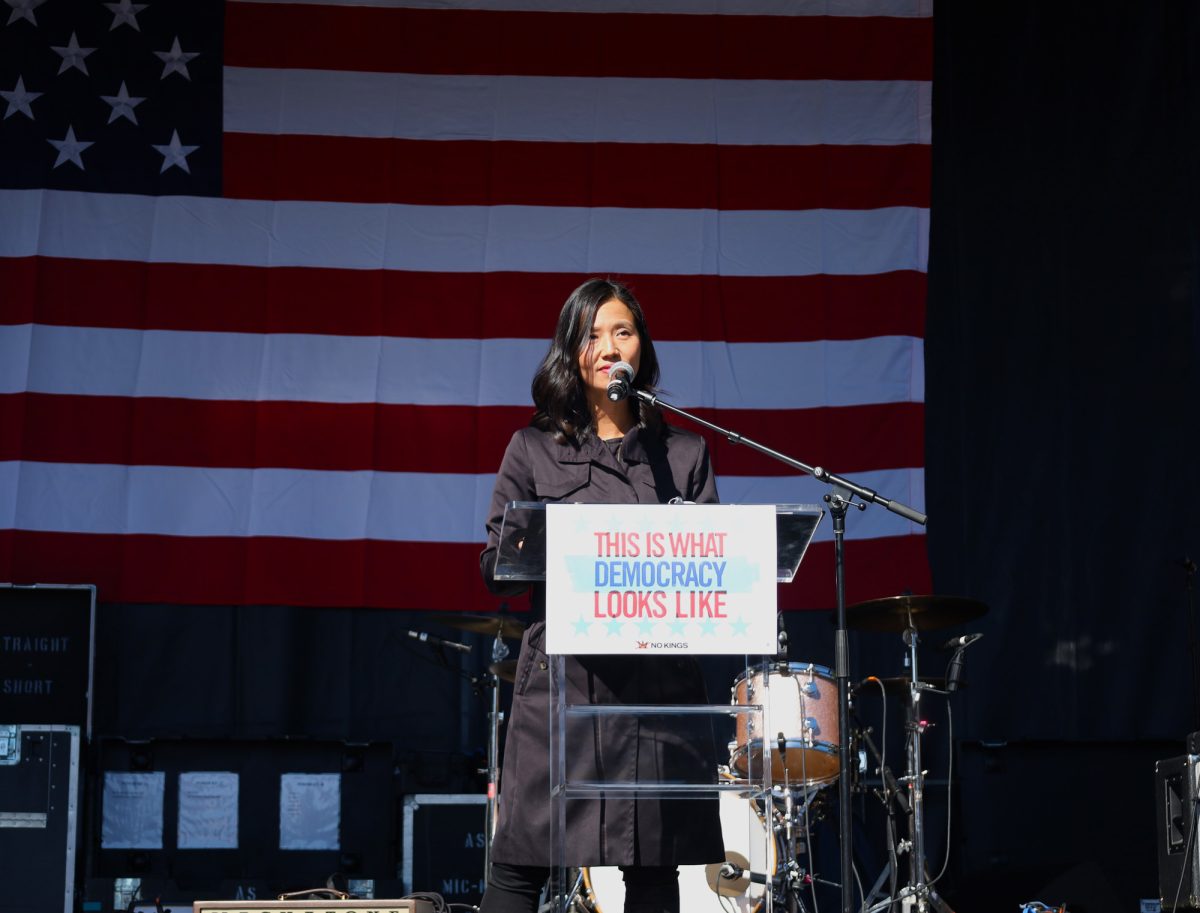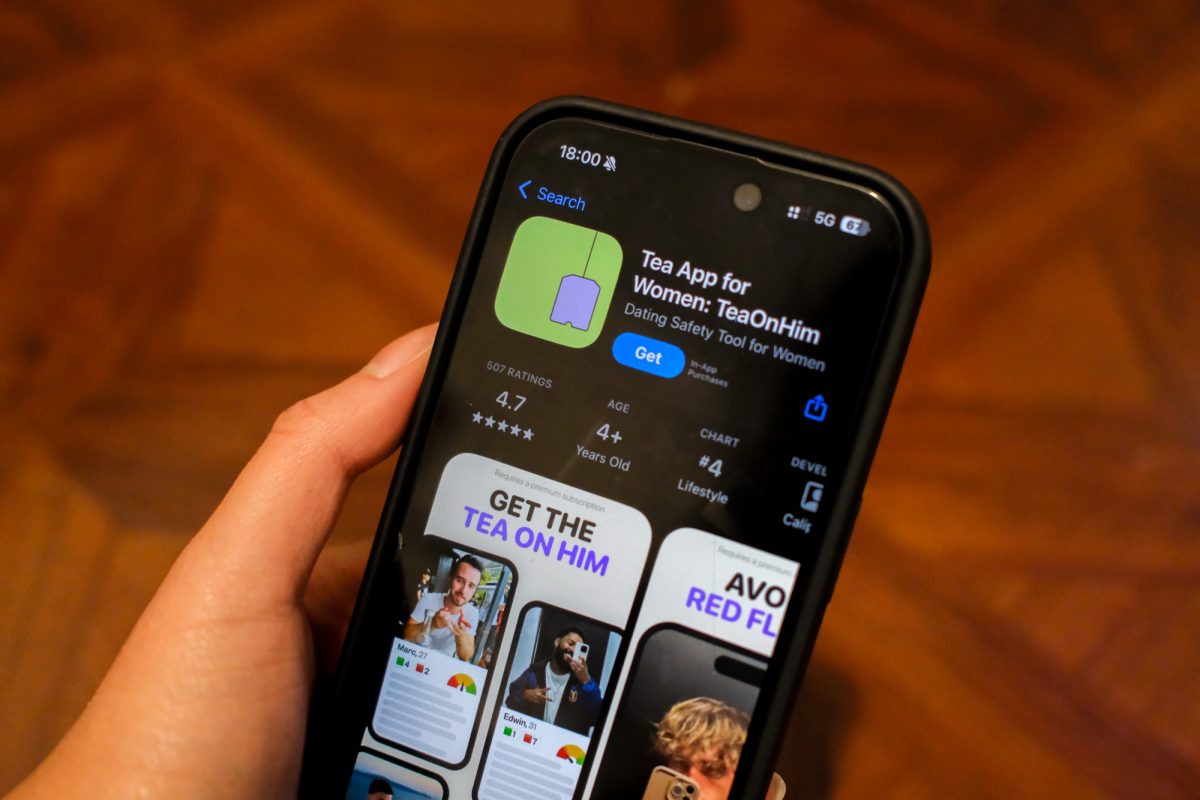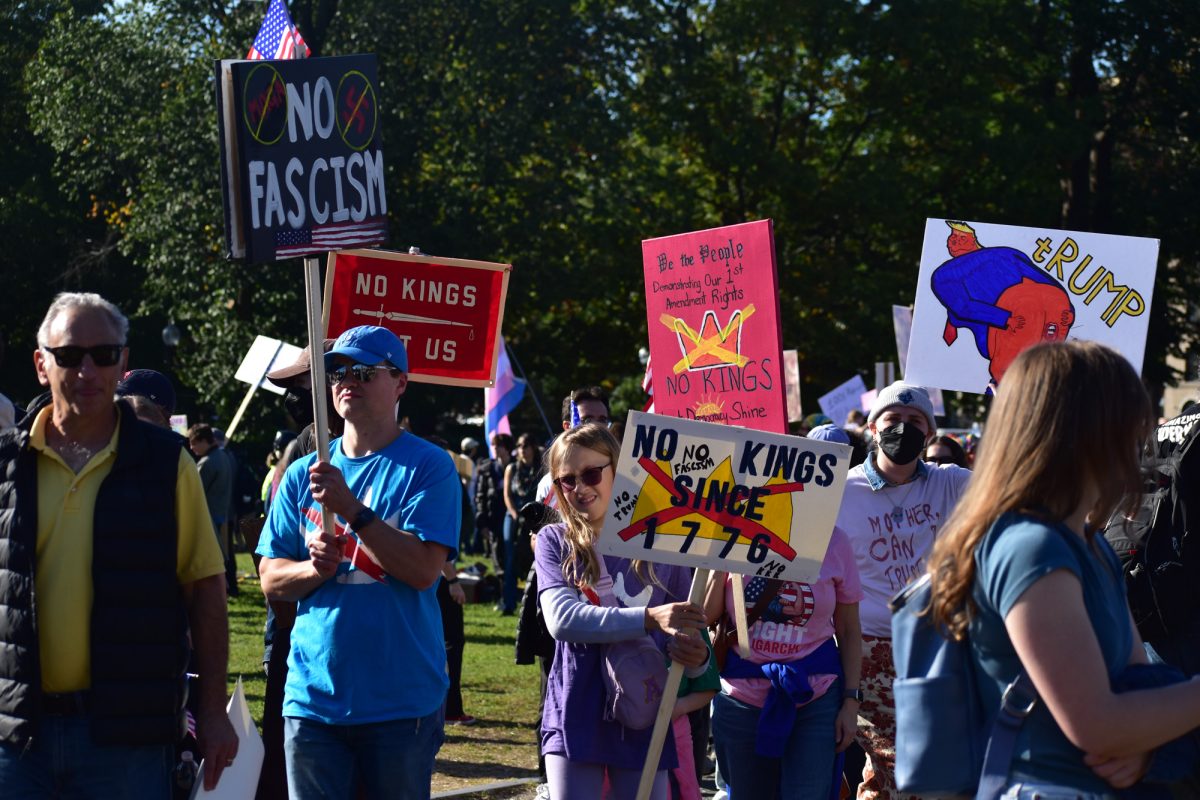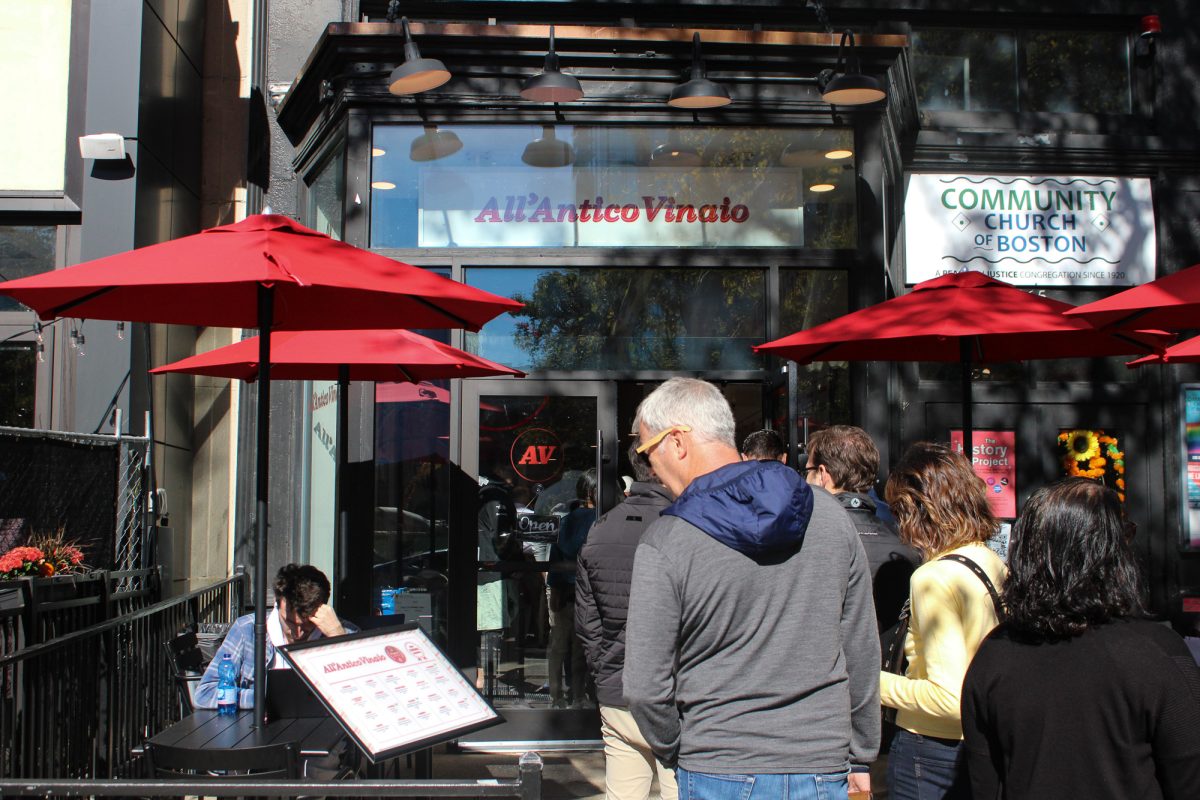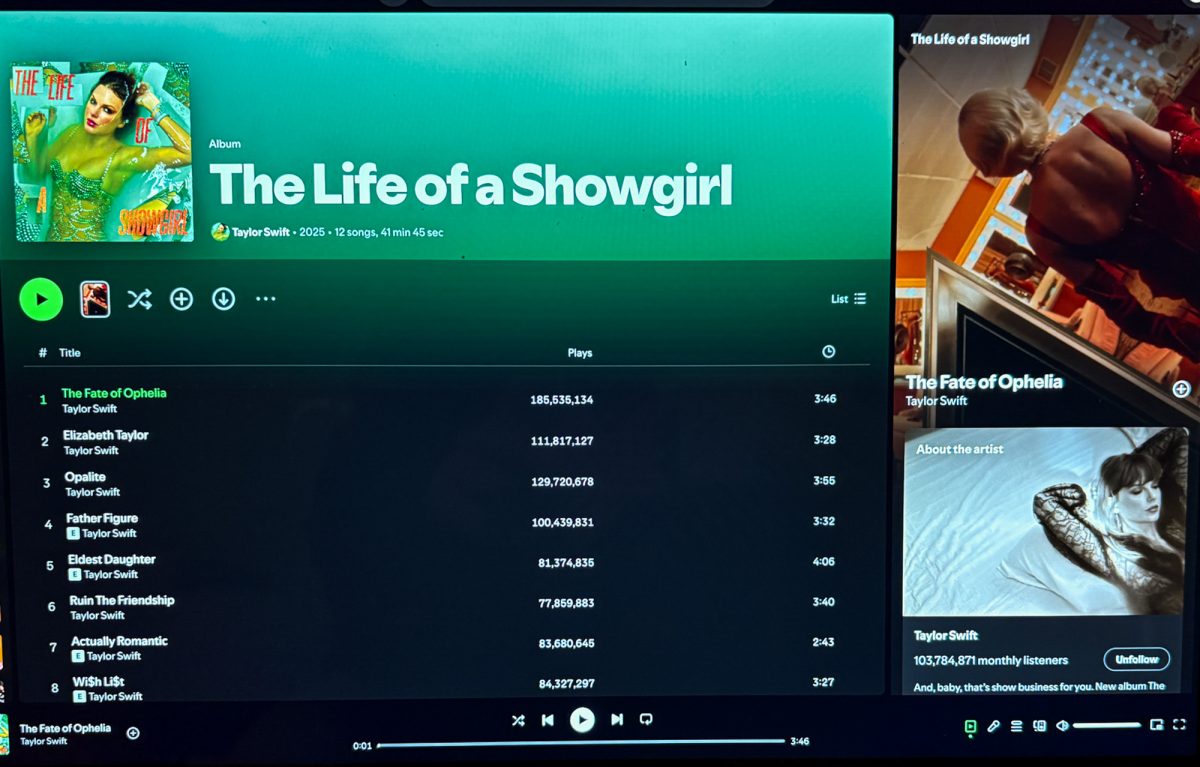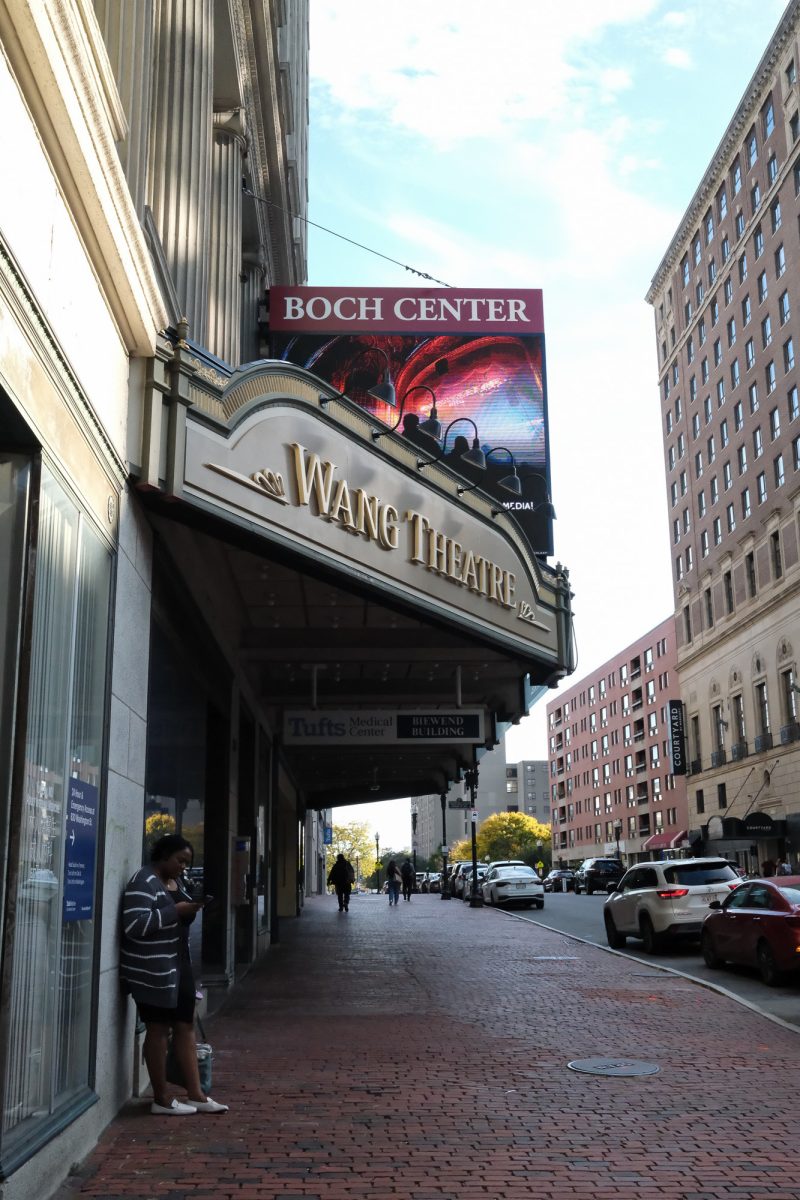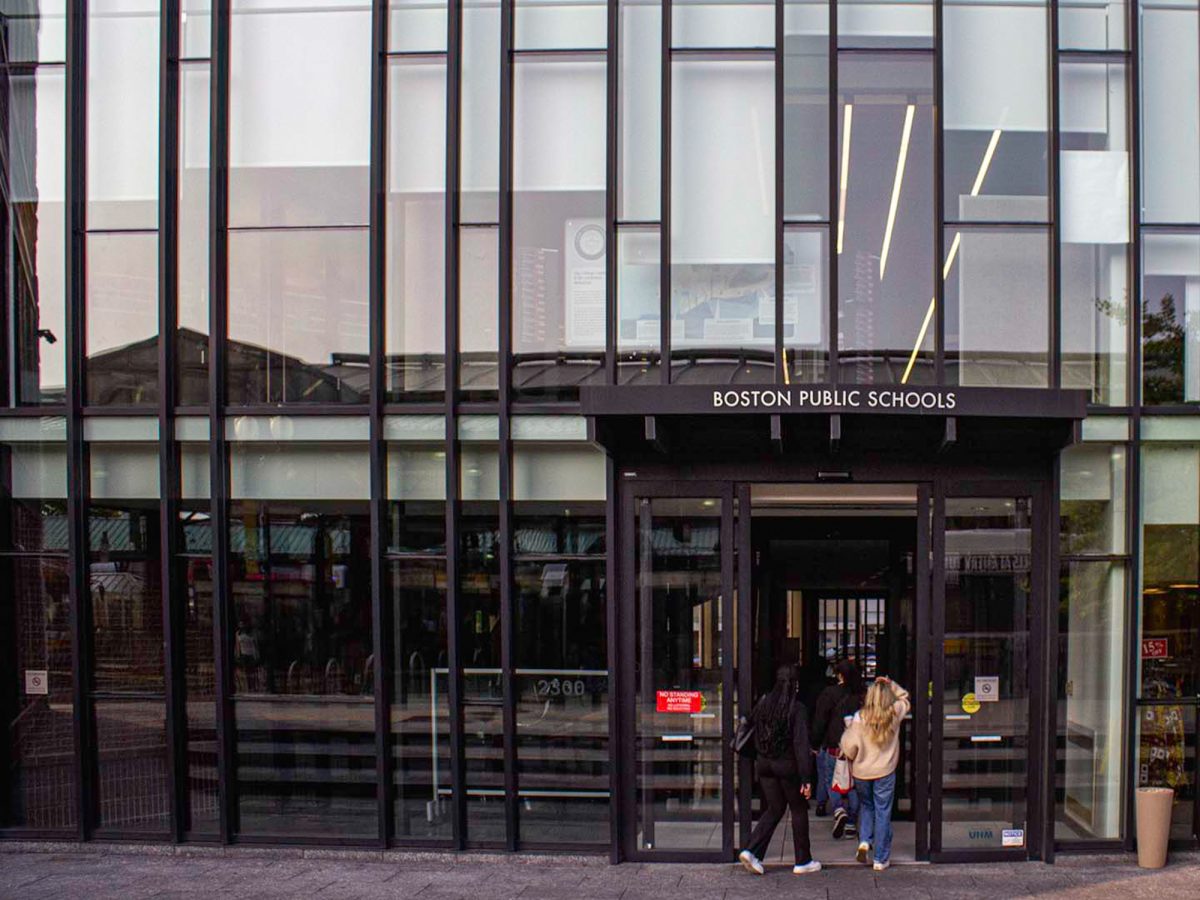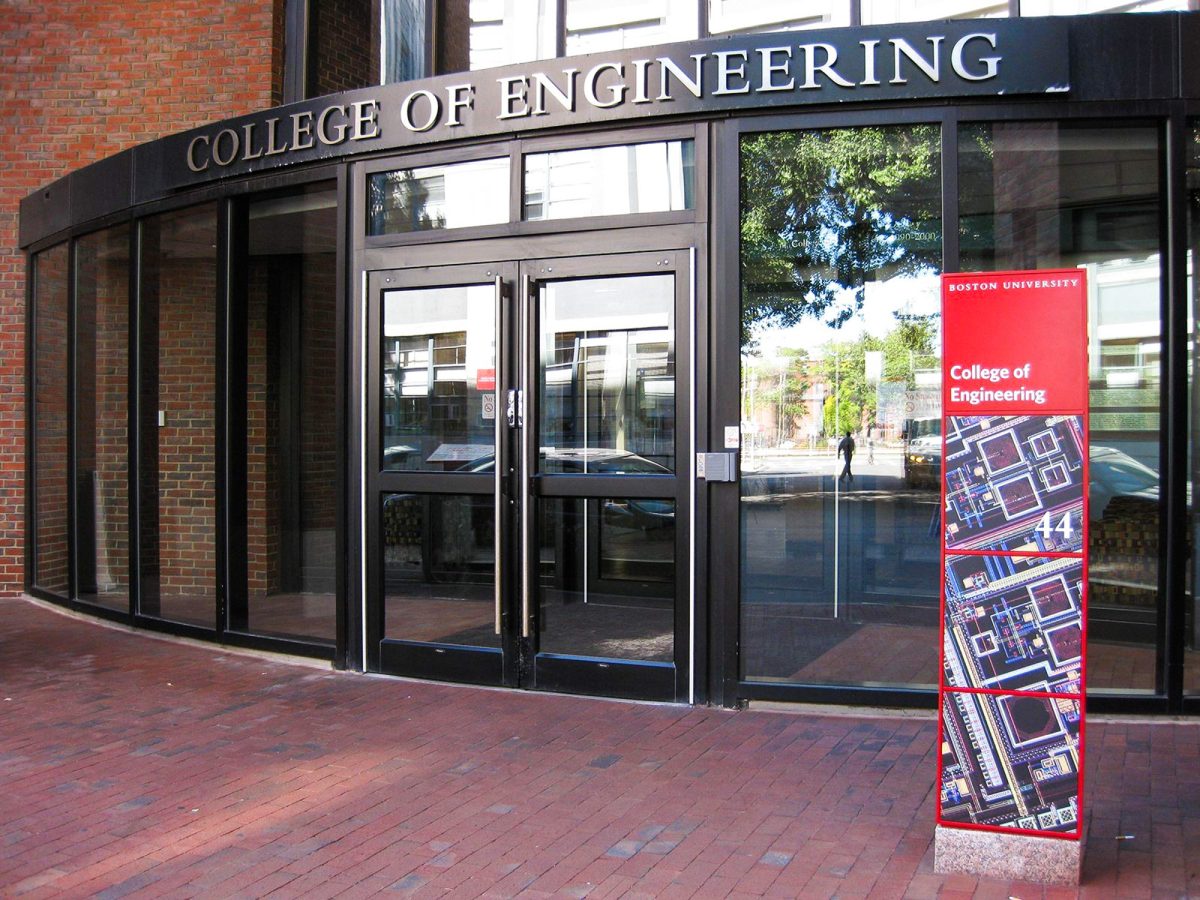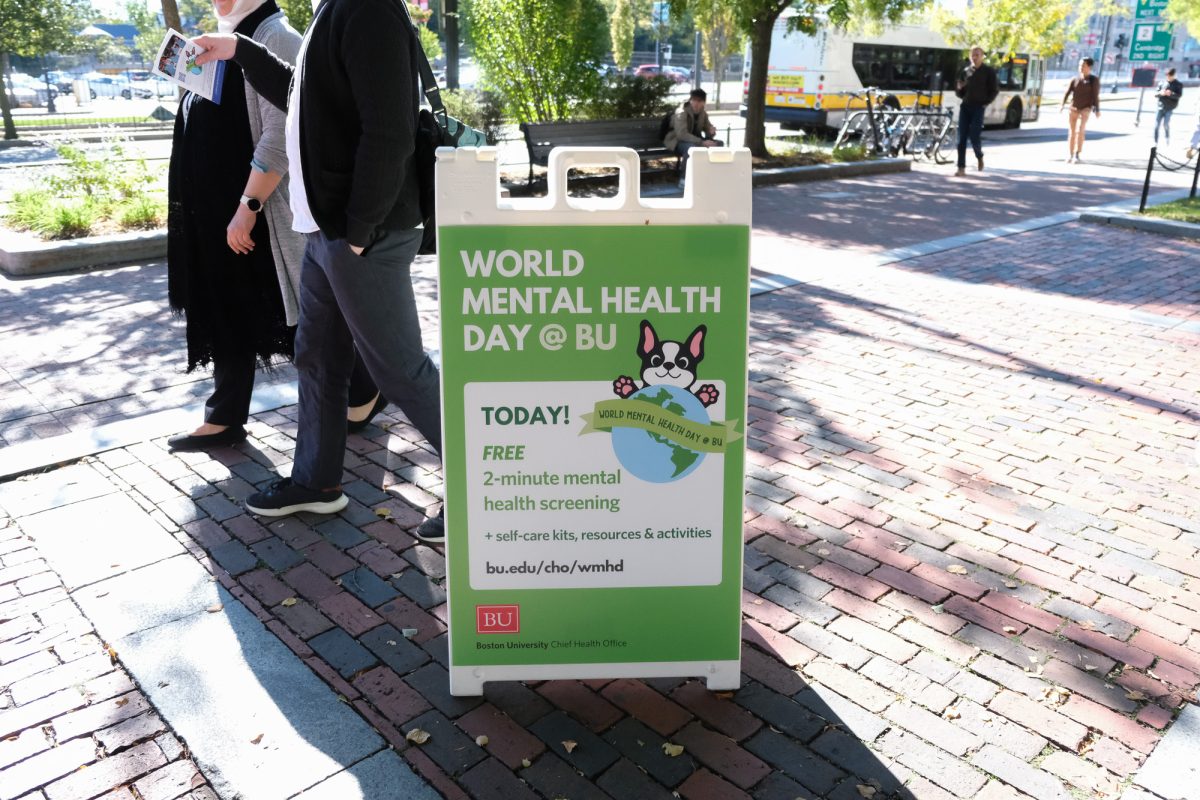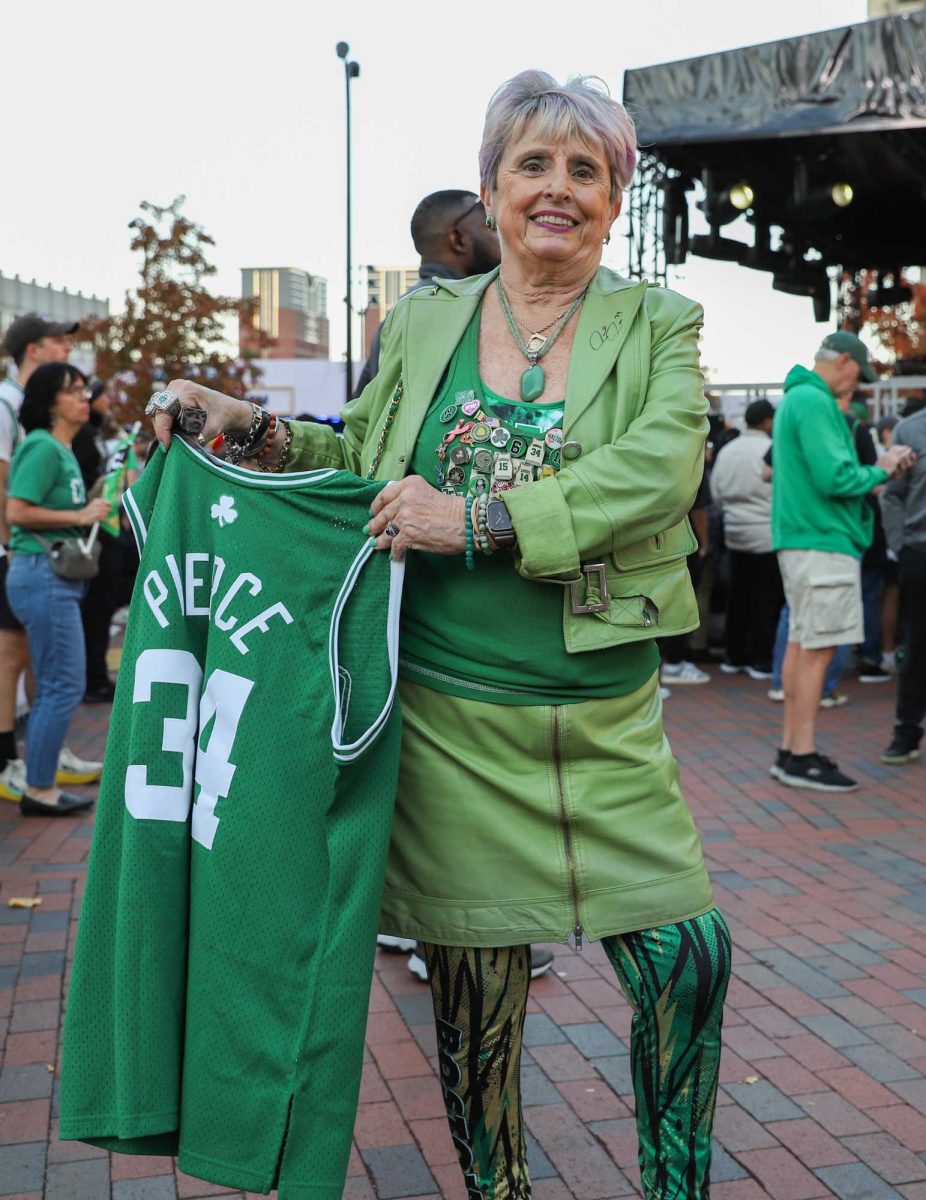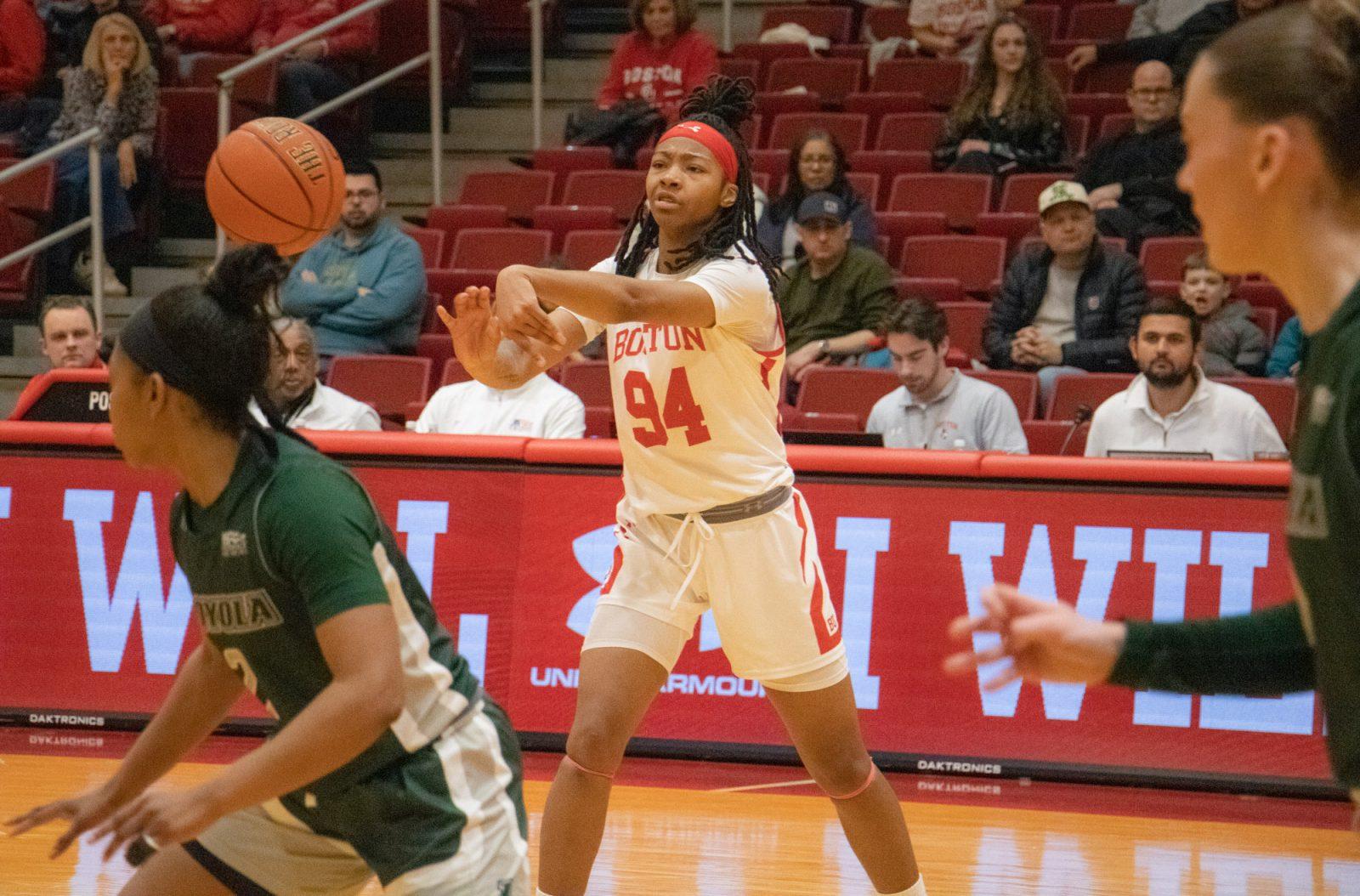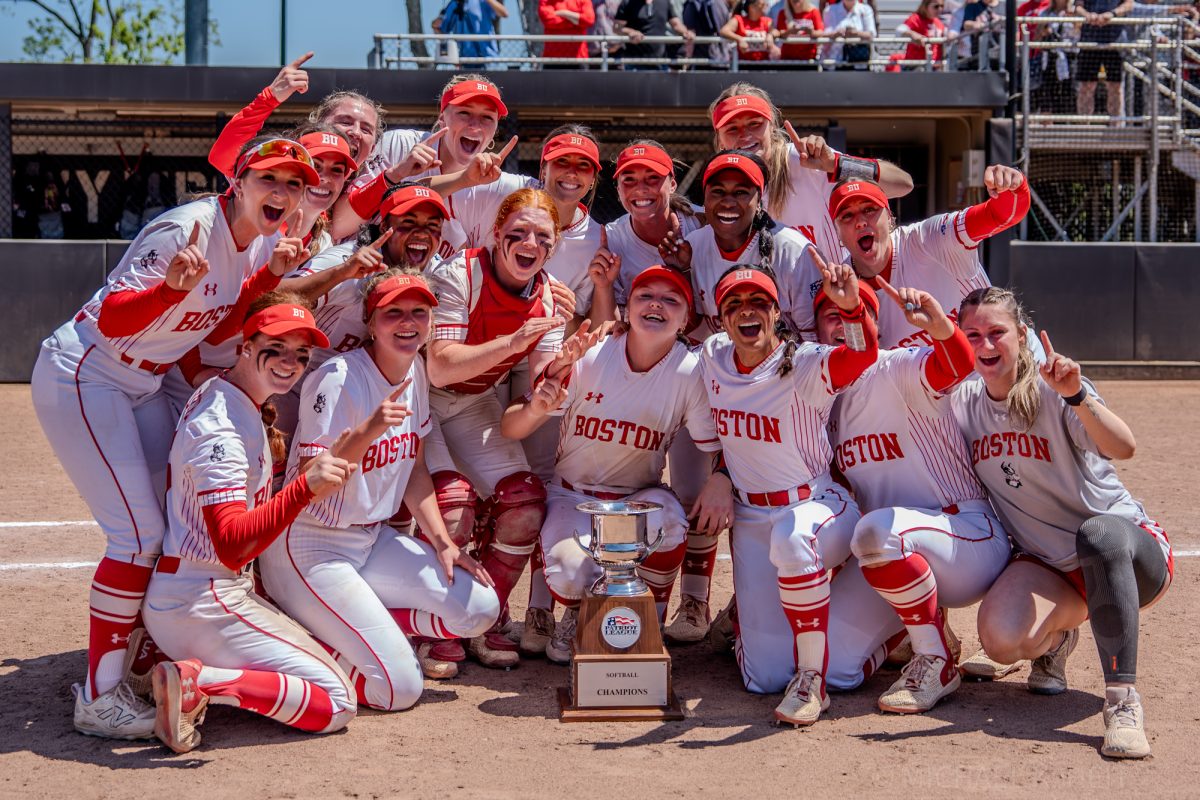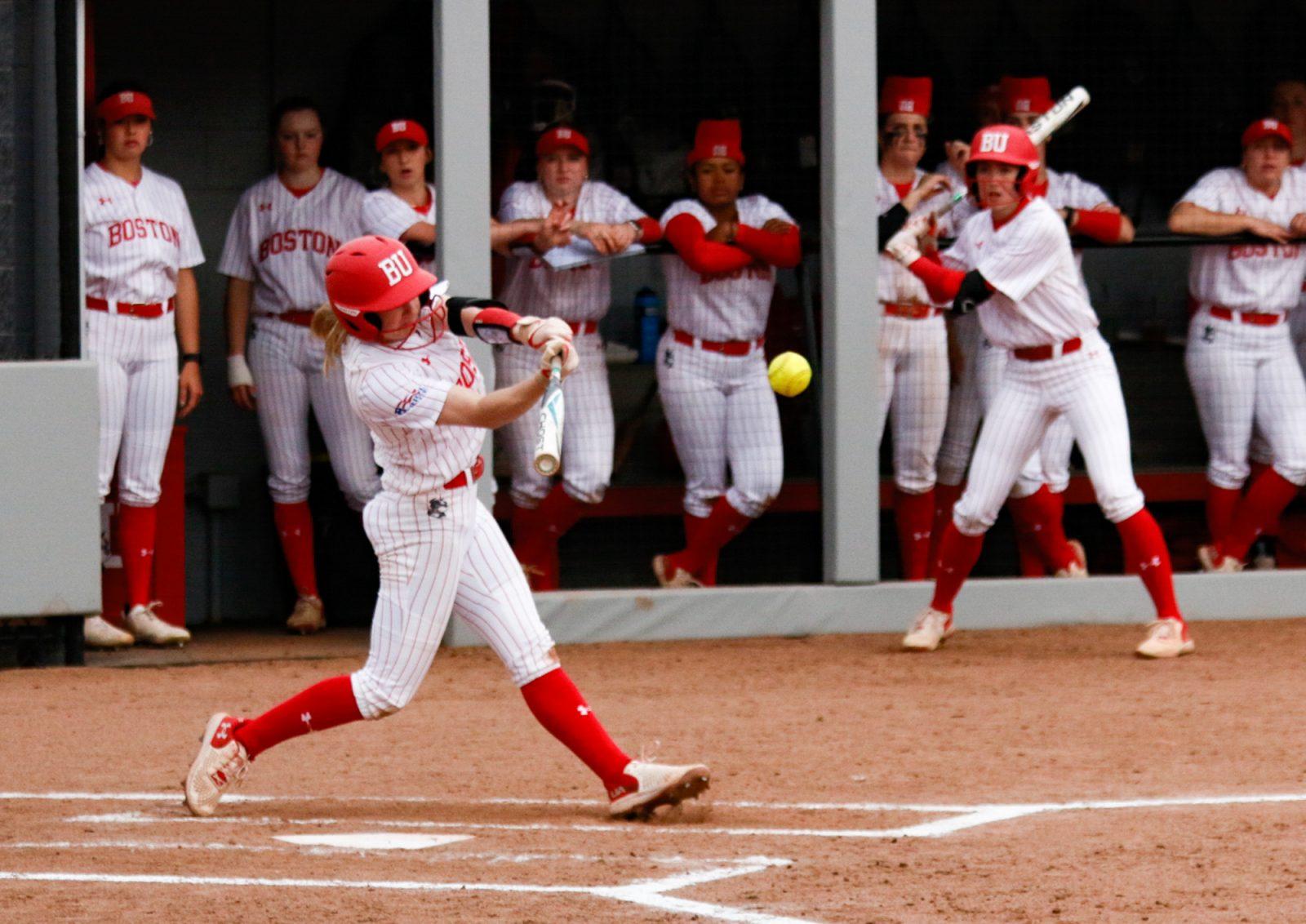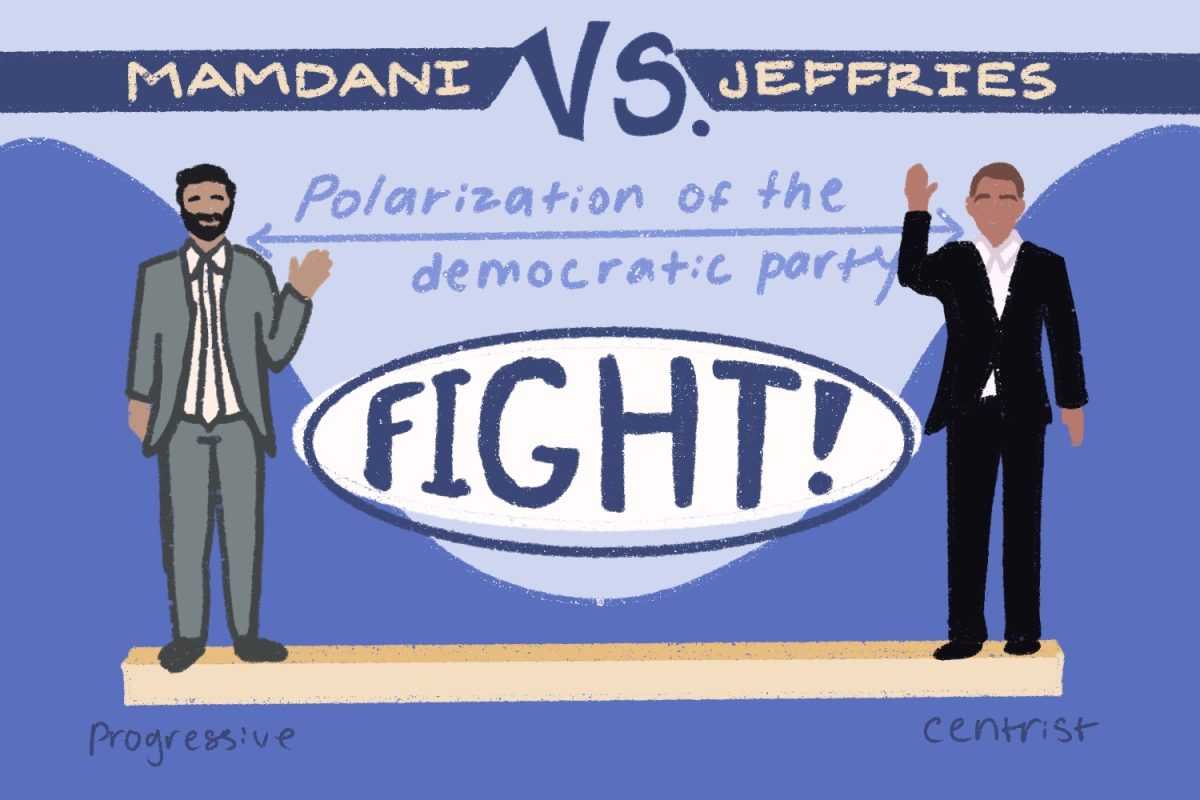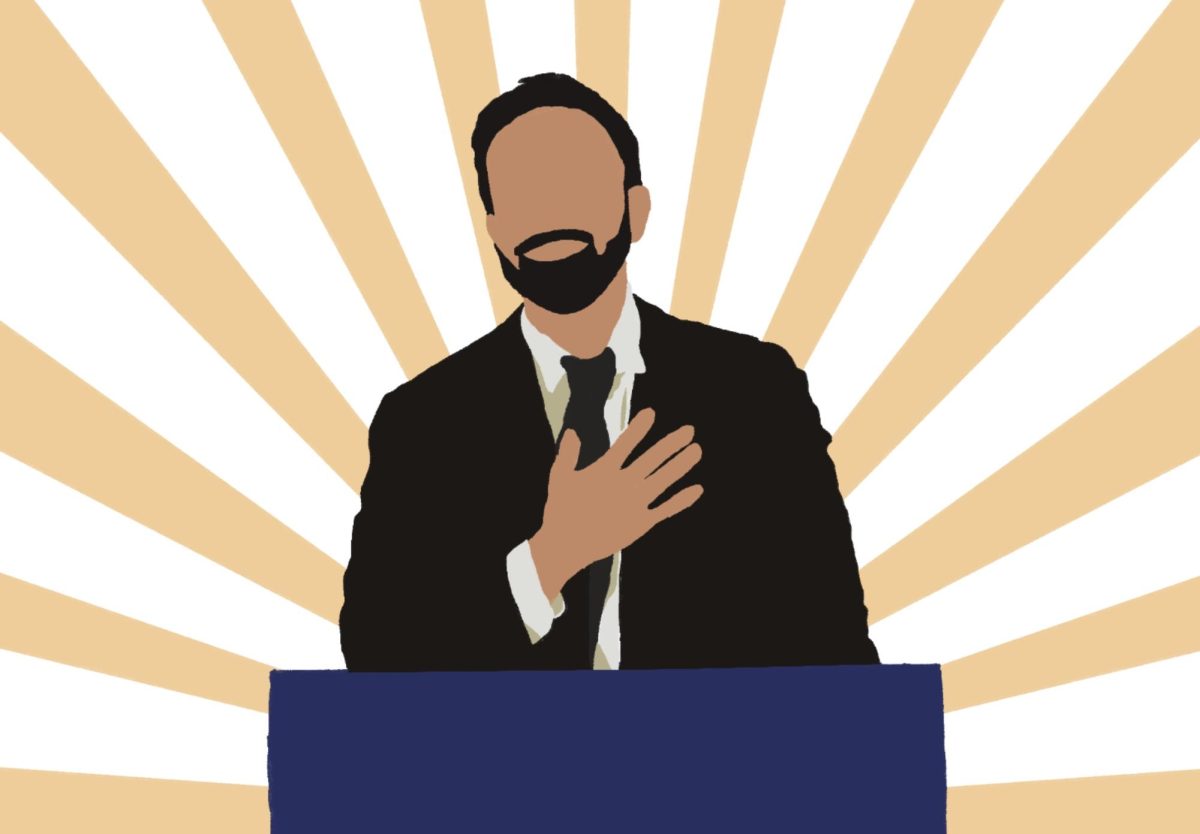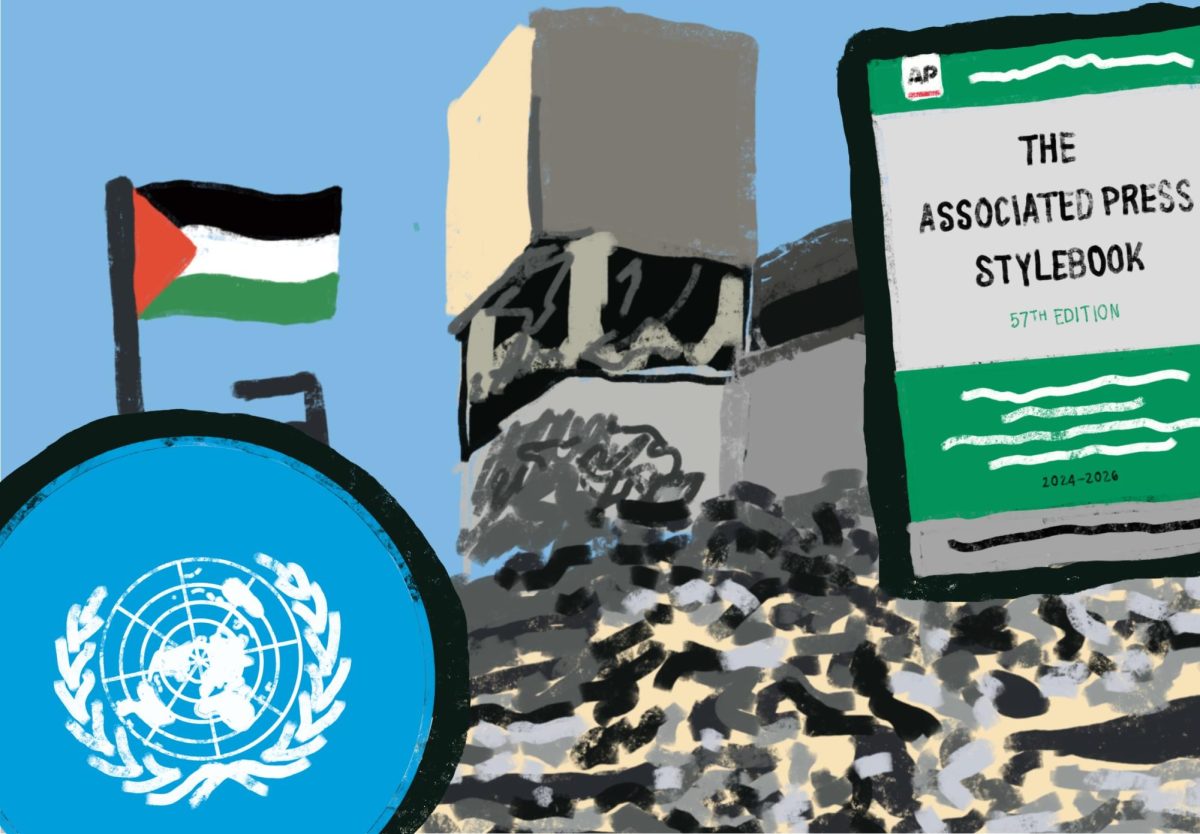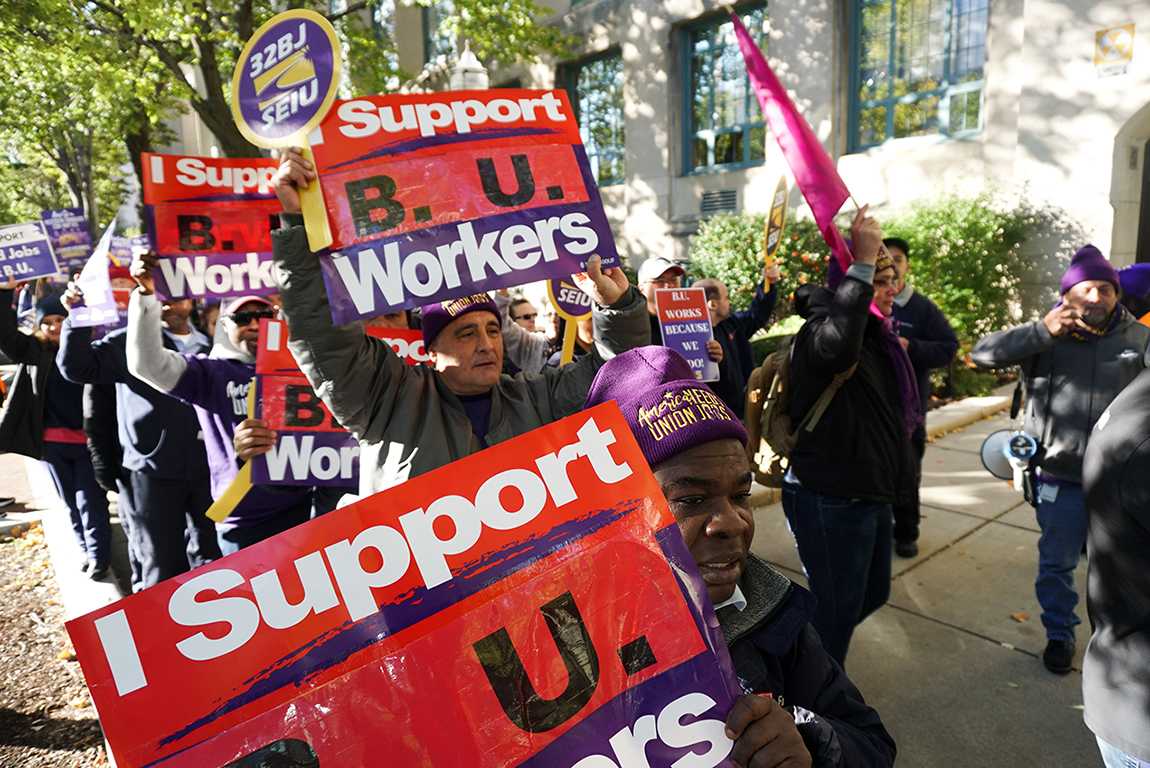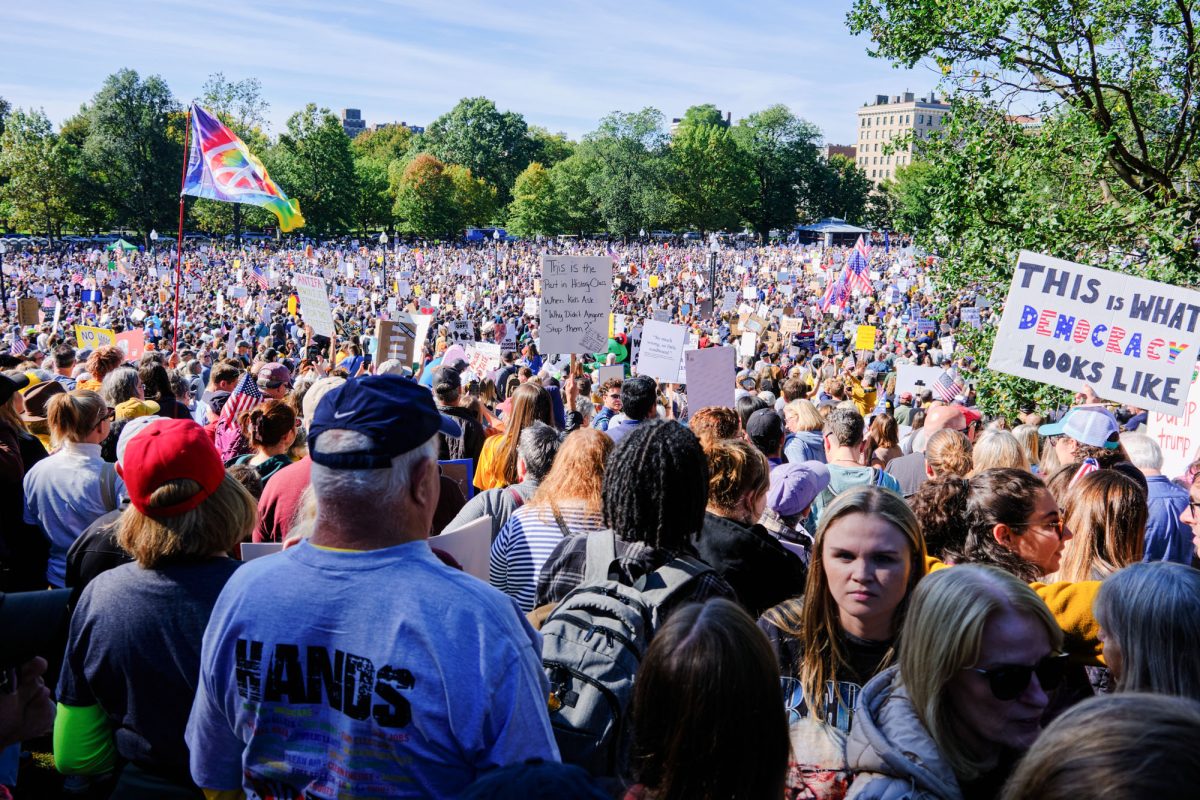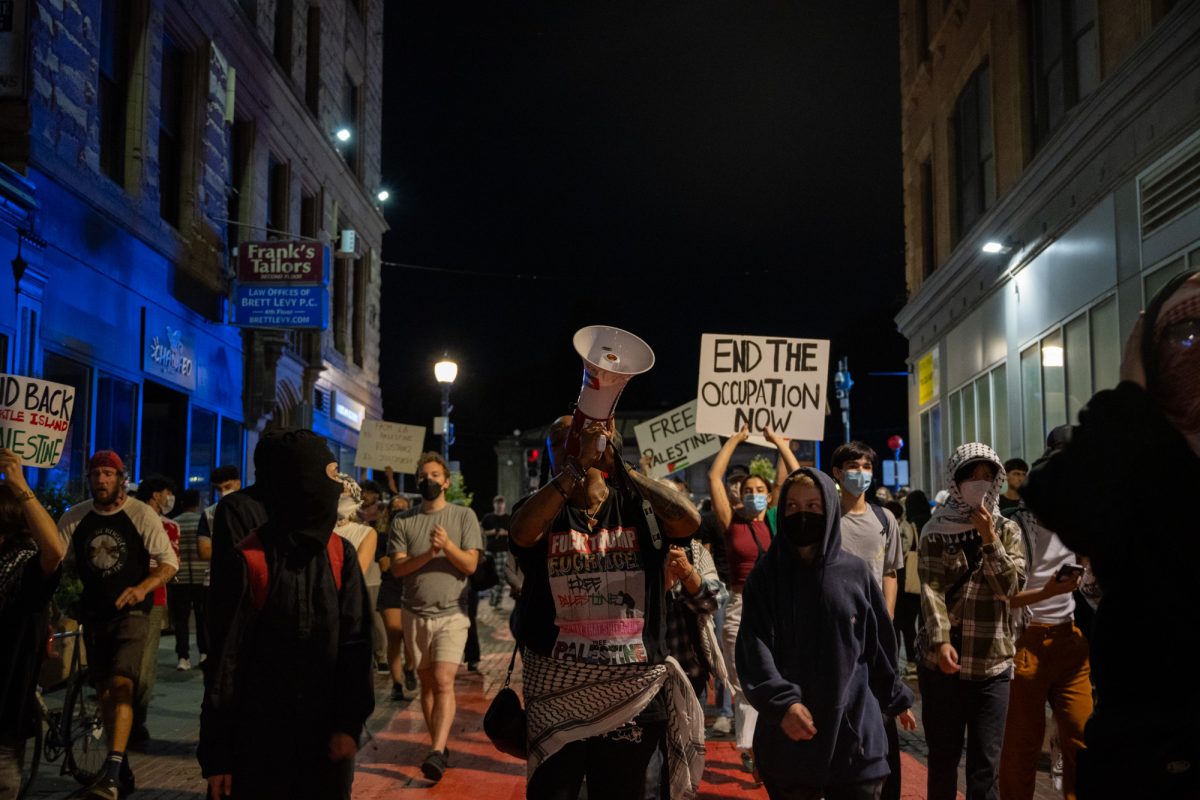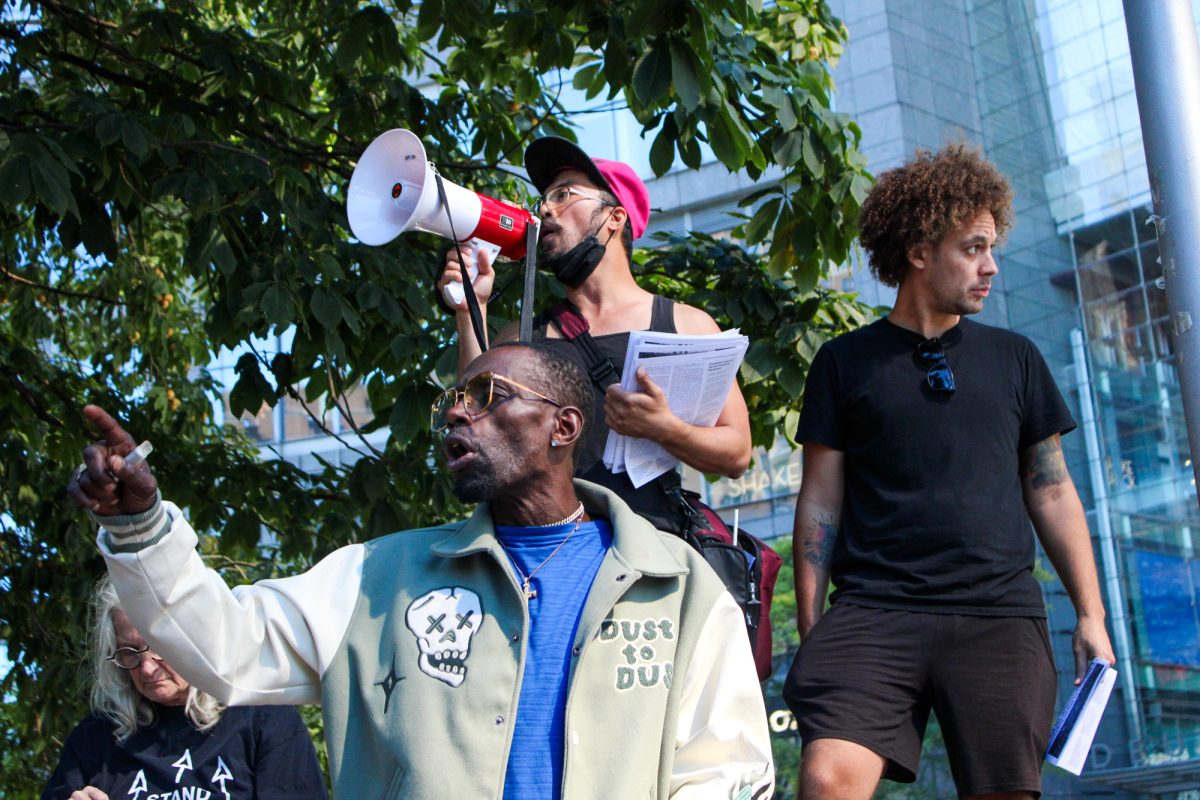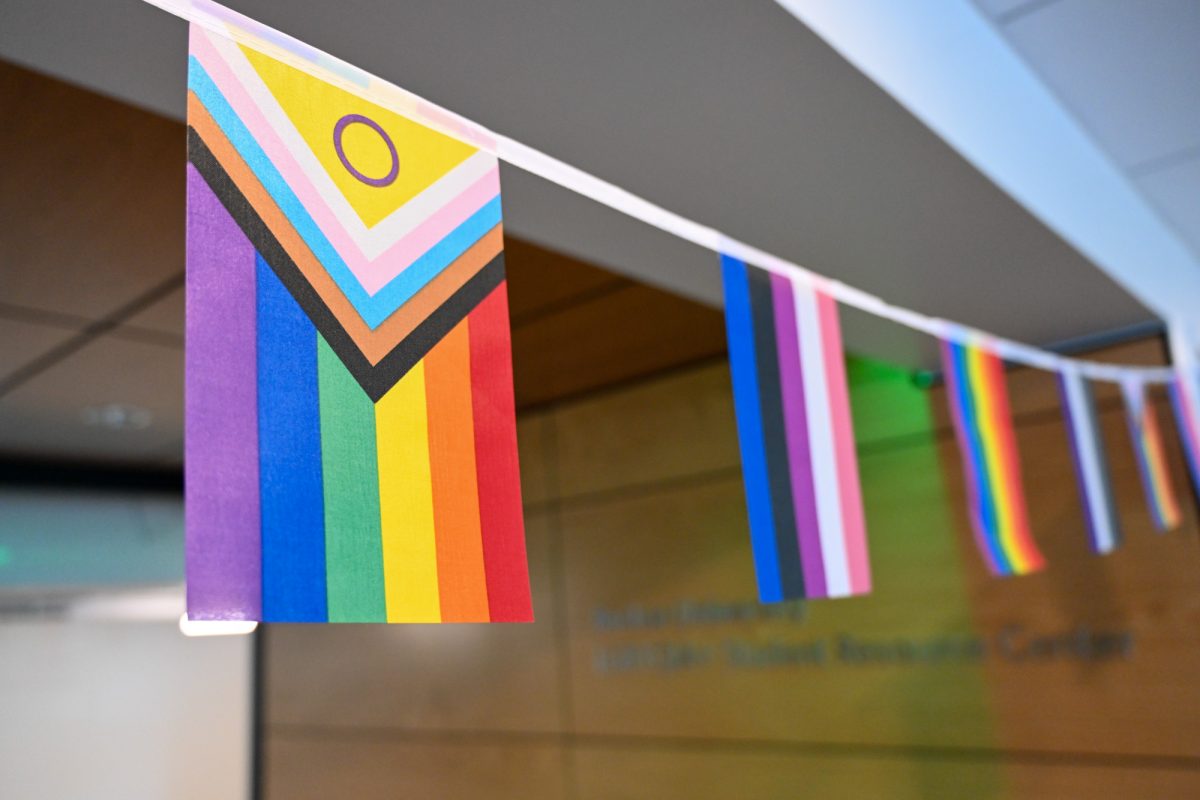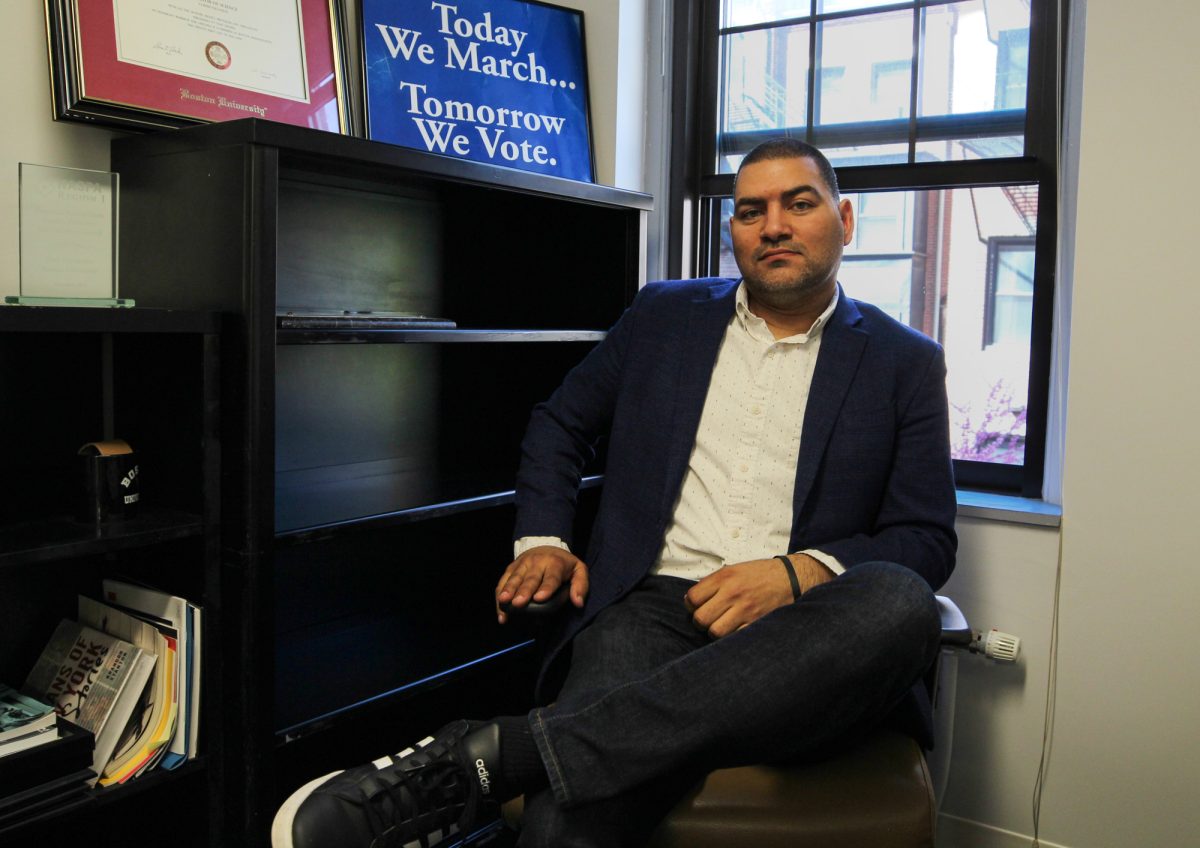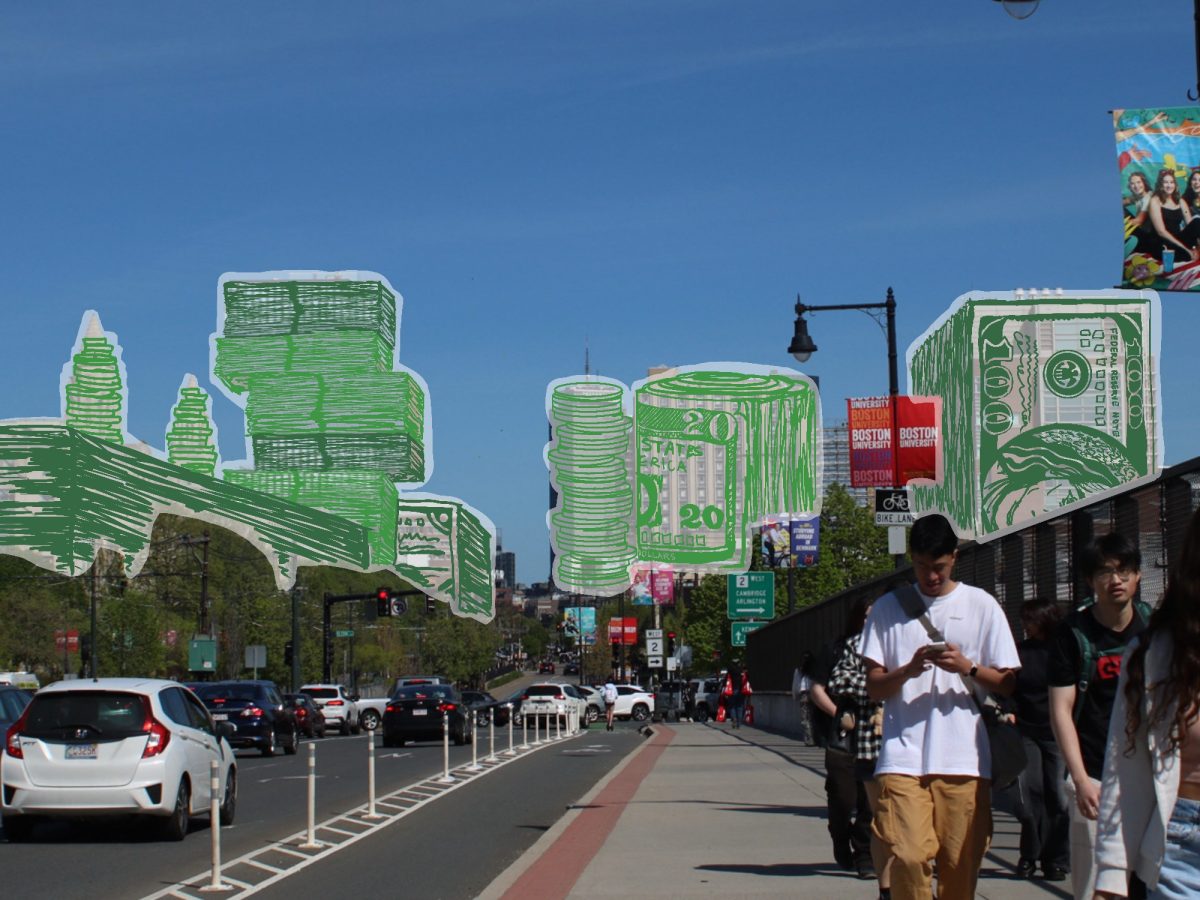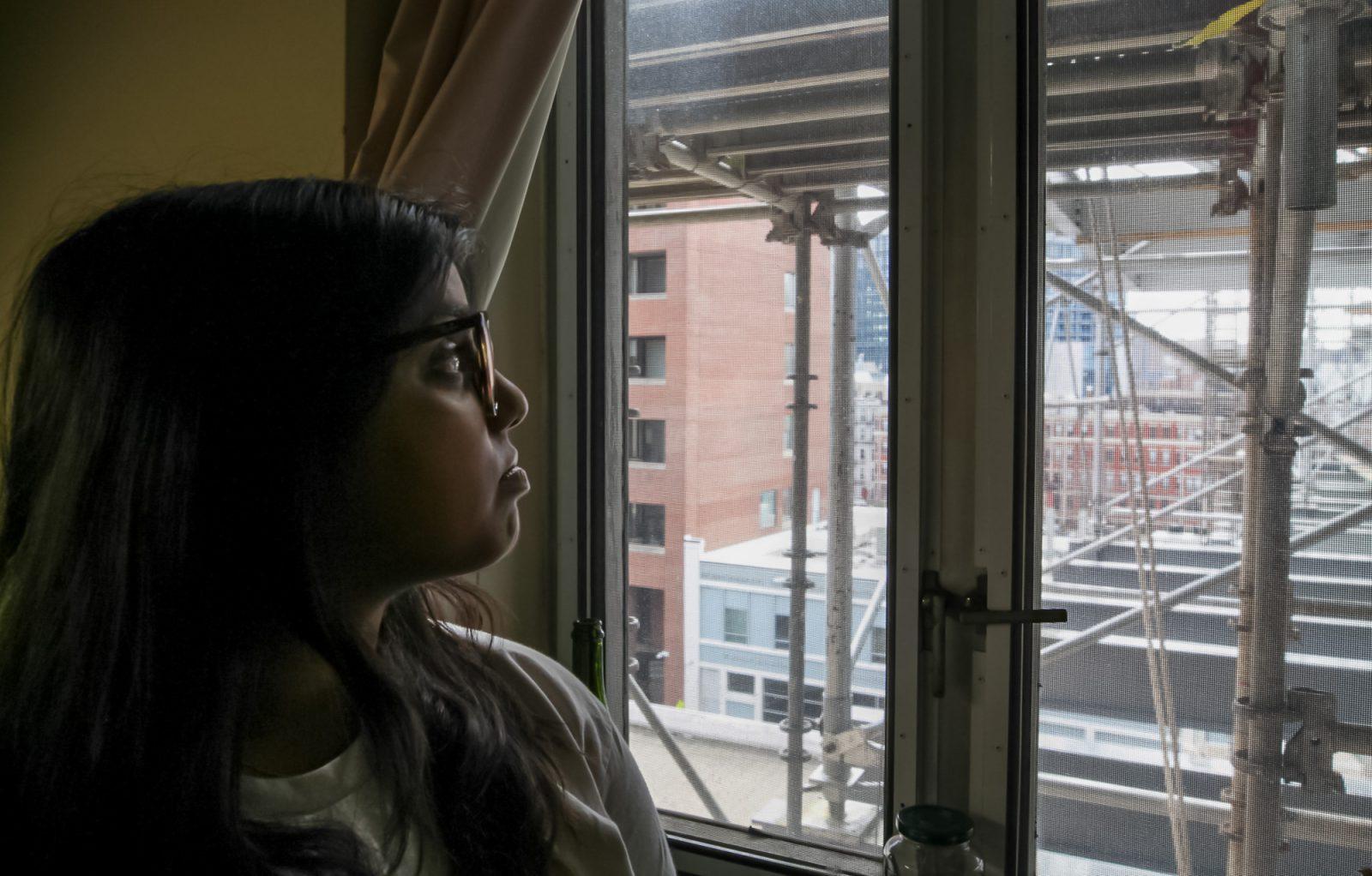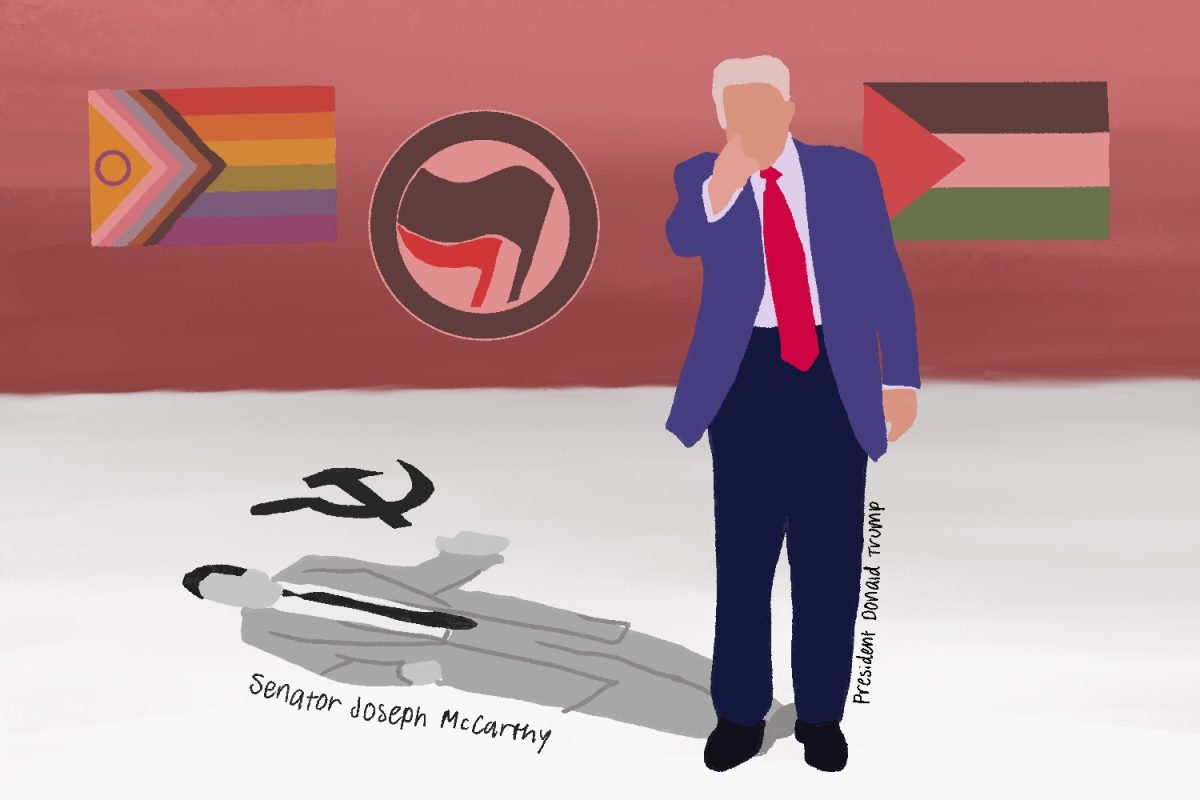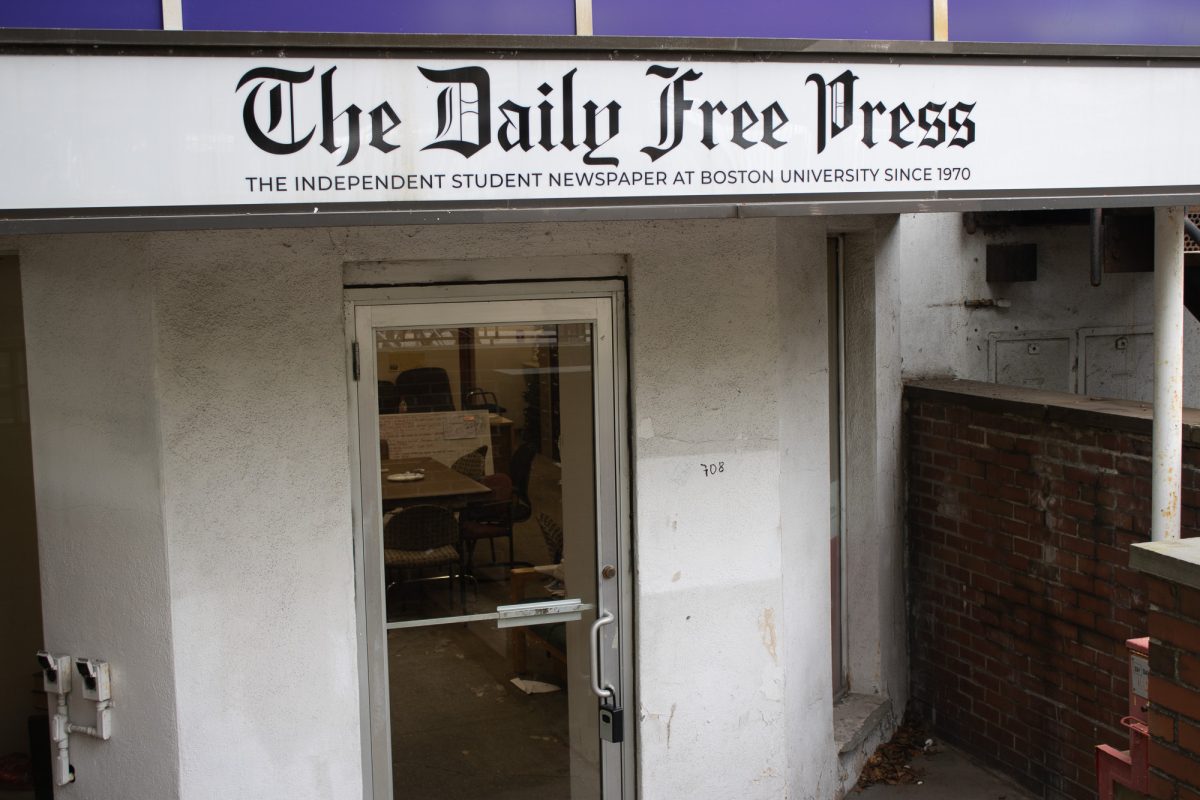Midterm season is on the horizon — and Democrats have little to be optimistic about.
In the most recent favorability polls, the Democratic Party scored an abysmal 34.7% favorable and 59.0% unfavorable rating, which marked lower favorability than both President Donald Trump and the Republican Party.
Amid the Democrats’ steadily declining numbers, Zohran Mamdani’s mayoral campaign in New York City, the world’s economic capital, has surged into national spotlight. The rush of support behind Mamdani’s campaign highlights an internal crisis within the Democratic Party: the heavy divide between centrism and progressivism.
Politics has always been, in part, about creating a spectacle, which Mamdani unequivocally does so through his charisma and rhetorical prowess. Part of what makes this extraordinary campaign worth analyzing is the accessibility of his messaging.
At the heart of Mamdani’s campaign is a focus on affordability, articulated in terms that resonate deeply with the American working class. At the center of his campaign website, it states, “Zohran Mamdani is running for Mayor to lower the cost of living for working class New Yorkers.” This simple statement effectively embodies the clarity and directness of his messaging.
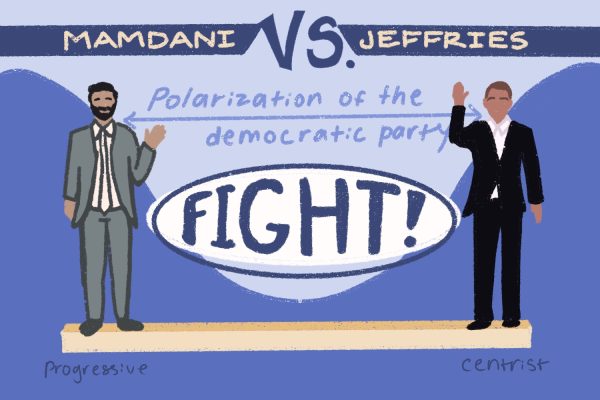
This inherently accessible rhetoric and grassroots campaign approach have contributed largely to Mamdani’s soaring success and rise. So, why have key Democratic leaders — such as Rep. Hakeem Jeffries and Sen. Chuck Schumer, both New York establishment Democrats — hesitated to endorse him?
The hesitation from some of the leading figures of the Democratic Party can be attributed to two factors that both reveal why the party has continued to lose public trust: the impact of AIPAC in American politics and a hesitation to appear “too radical” for the upcoming midterms.
Amidst the Israel-Hamas War, the pro-Israel lobbying organization American Israel Public Affairs Committee has become a politically toxic label. Democrats have begun distancing themselves from AIPAC, particularly in response to growing dissent on the left over Israel’s actions.
Independent left-leaning media outlets have continually expressed opposition to politicians accepting donations from AIPAC. In an episode of the Higher Learning podcast, host Van Lathan told California Gov. Gavin Newsom that he wouldn’t support any candidate who accepted “one dollar from AIPAC.” Newsom appeared caught off guard and called the comment “interesting.”
Similarly, Pennsylvania Gov. Josh Shapiro was pressed about his involvement with AIPAC in an interview on The Breakfast Club. Shapiro responded, calling the question “lazy” and that the better question was to demand answers on views of Israel.
Mamdani, a pro-Palestinian candidate, poses a threat to the lobbying interests of establishment Democrats like Hakeem Jeffries, who has received more than $1.5 million from AIPAC. After weeks of dodging the question and dismissing the importance of weighing in, Hakeem Jeffries offered a late endorsement of Mamdani.
Jeffries’s delayed decision spoke volumes about the Democrats’ priorities and highlighted deeper fractures within the party.
While Zohran Mamdani runs as a democratic socialist, his economic policies reflect economic populism. His brand acknowledges the affordability crisis and provides policy matters that re-emphasizes redistribution and holding elites accountable.
Economic populism has resonated with the working-class in the Democratic Party for a long time — from FDR’s groundbreaking New Deal populism to modern figures like Bernie Sanders. Mamdani’s campaign has reinforced how successful economic populism energizes the progressive base and resonates with working-class voters alienated by corporate politics.
Still, establishment Democrats refuse to recognize the strength of progressive economic ideas, preferring to play it safe as centrists rather than rebuild the party’s credibility with working-class voters.
In a Deciding To Win report from Politico, data shows that Democrats have shifted in their messaging and priorities. From 2012 to 2024, the frequency of indicators like “Economy” dropped by 50% and “Job/Jobs” by 49%.
The study highlights the growing representation gap that the Democrats have created between the working class. The Democratic Party’s emphasis on social issues resonates strongly with the upper-middle class, but it has contributed to the class dealignment that’s cost the party popularity among working-class voters.
In this state of communicative drift within the Democratic party, it must embrace the amalgamation of the new economic populism and progressivism by candidates like Zohran Mamdani.
The Democratic Party’s modern brand of centrism often feels hollow — as if it’s waiting for focus groups to assign the party its values instead of standing for the people it claims to represent.
Embracing progressive economic policies and communicating them in a way that taps into working-class sentiment remains imperative to not only the future of the Democratic Party, but the future of our democracy.


